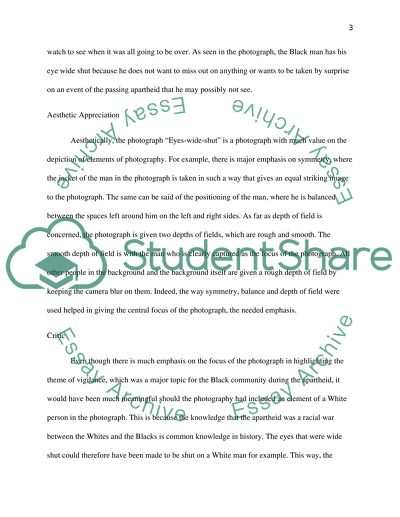Cite this document
(“Select 3 photographs taken in africa about colonial period, that have Essay”, n.d.)
Retrieved from https://studentshare.org/history/1488521-select
Retrieved from https://studentshare.org/history/1488521-select
(Select 3 Photographs Taken in Africa about Colonial Period, That Have Essay)
https://studentshare.org/history/1488521-select.
https://studentshare.org/history/1488521-select.
“Select 3 Photographs Taken in Africa about Colonial Period, That Have Essay”, n.d. https://studentshare.org/history/1488521-select.


